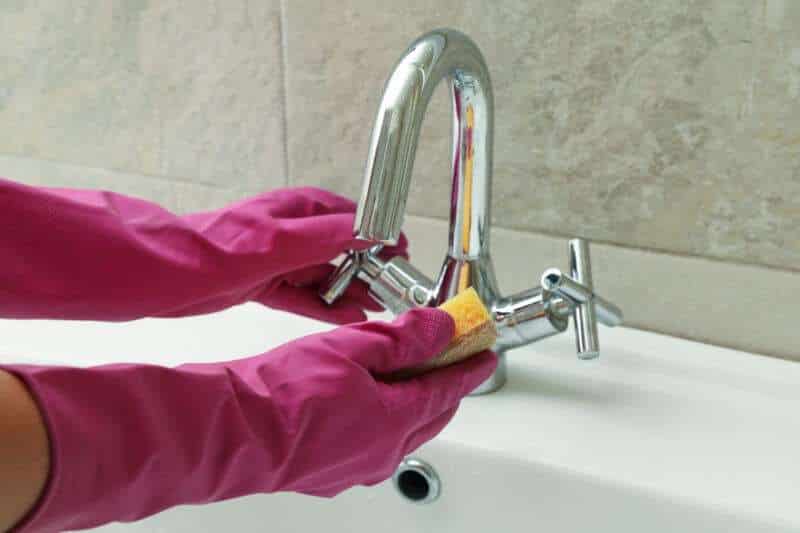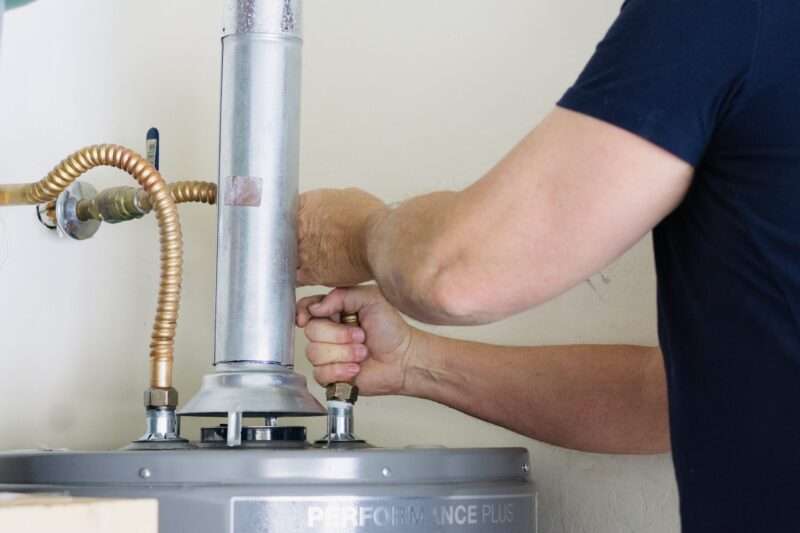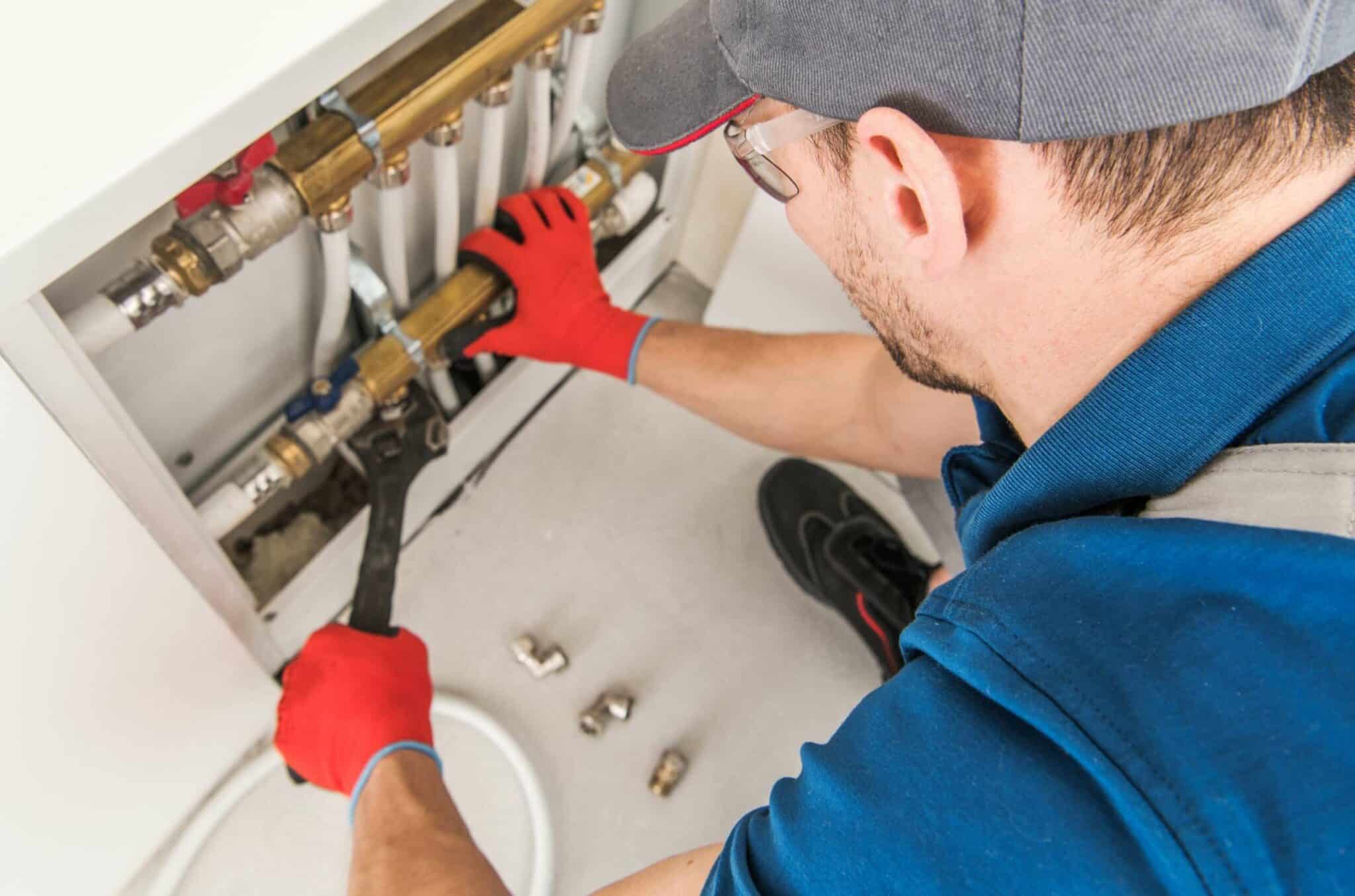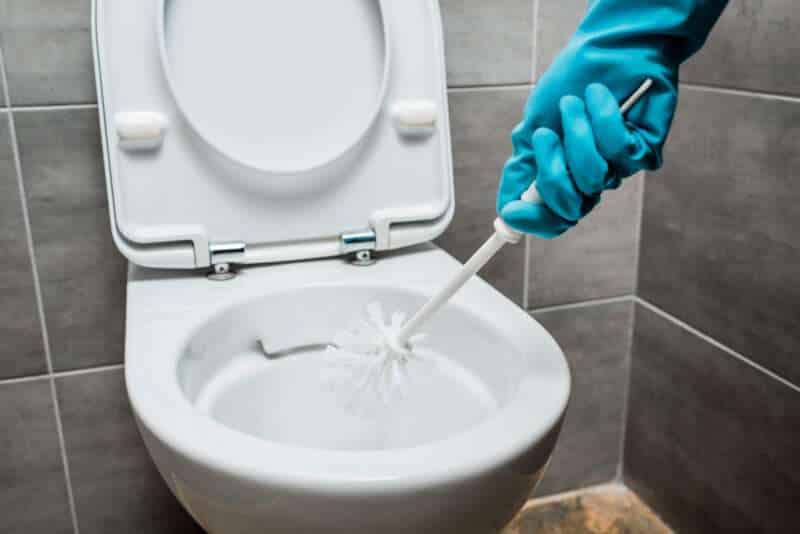How to Repair a Shower Diverter
We’re all used to turning on the shower by pulling a lever, flipping a switch, or turning a dial. This diverter sends the water from the bathtub faucet to the showerhead, allowing you to get that morning routine started off on the right foot.
What happens when this switch breaks?
When you have water continuing to pour from your tub’s faucet after switching the diverter, it can seem like you’re stuck with a significant repair.
Thankfully, the task of repairing a shower diverter is relatively simple and doesn’t take much time to complete.
How to Determine If the Shower Diverter Is Broken
If you trigger the shower diverter and the water doesn’t change, you know this component is not working correctly. The mechanism should reroute all the water from the faucet to the showerhead.
When you encounter this issue, it could mean that the rubber stopper isn’t giving you a proper seal to block and redirect the water’s flow. There could be other issues that also cause this problem, so you’ll need to spend a little time diagnosing the problem.
Although this repair might seem like a minor inconvenience, especially if you still get water through the showerhead, you’ll end up wasting more than you need. Since it only takes a few minutes to complete the work, it’s a good job for the to-do list created for the weekend.
What Are the Steps to Follow When Repairing a Shower Diverter?
When you’re ready to start repairing a broken shower diverter, these steps are the ones you’ll want to follow.
- Turn off the water supply to your shower. Depending on your setup, that might mean you’ll need to find the main supply valve to turn it off.
- Seal off your bathtub or shower drain. A little tape over the opening prevents small screws and other parts from falling into the pipes and creating a more significant problem to manage.
- Start the job by tightening the screws found behind the faceplate of the diverter valve. In most cases, this step is enough to correct the problem so that the shower starts working as intended once again. If water continues coming out of the faucet instead of going to the showerhead, you’ll need to progress to the next step.
- Disassemble the shower diverter. If the part contains a rotating valve, you’ll need to unscrew the nut at the stem and remove the entire component. If you’ve got a gate-style valve to manage, the threat tub spout must get unscrewed.
- You’re ready to replace the diverter. Since the required part might be made by a third-party company, you’ll need to verify that the make and model you’ve selected works with your shower installation.
- It helps to take this step at a slower pace because you don’t want the parts cross-threading. You can typically use a wrench to tighten the components, although you’ll want to be cautious here because overtightening things can cause additional problems.
- Twist the gate or adjust your stopper to ensure it is in the correct position when engaged or disengaged. Fix the positioning as needed to ensure you have the proper setup for your bathroom.
- Turn on the water. As you engage the diverter, you’ll want to see if any leaks appear in the system. They might come from the spout, showerhead, or other components. If everything is tight, your job is done!
If you’ve followed these steps and the shower diverter replacement isn’t correcting your leak, it is time to contact our team to discuss what options are available. You’ll find that our rates are fair and affordable, allowing you to regain full access to your bathroom with one service call in many instances.
What If I Have a Three-Handle Shower Faucet?
When your bathroom has a three-handle installation, you’ll need to reserve about three to four hours of your time to fix the shower diverter problem.
The steps are a little different, so you’ll want to refer to this part of the guide with this setup. Here are the processes to follow after you’ve shut off the water main and put down a drop cloth to protect the tun.
- Remove the handles from the valve using an appropriate screwdriver. You can find them under the covers that tell you the temperature each one controls.
- Take out the shower escutcheons from the valves. These parts can typically come out by using your hands.
- The valve bodies need to come out next. You can use slip-joint pliers and tub sockets of an appropriate size.
- You must purchase a repair kit to complete this step. It’ll come with new bonnets and stems that will correct the leaking problem. The first stage is to replace the valve seats.
- Once the seats are repaired, it’s time to put the new stems into the valves. You can tighten them with your tub socket.
- Tighten the bonnets on each step by using an open-ended adjustable wrench.
- The repair kit will provide new trim for you to use. Place it over the stem, followed by the escutcheons.
- You can now add the handles to the stems, screwing them in with a screwdriver. It helps to have the hot and cold labels installed correctly to ensure they’re easier to read if they aren’t a solid color.
- Turn the water back on to check on your work. It might take a minute or two for everything to engage after starting the shower.
Here’s the problem with the three-handle design: it isn’t up to code in most communities. It should be replaced by a single-handle design with pressure-balanced valves.
Since that job can be relatively extensive, it is often better to contact an experienced professional who can complete this project for a fair and competitive price.
If you need parts or tools to complete the steps of repairing a shower diverter, they can be found online or at your local plumbing supply store. If you have any questions feel free to call Candu Plumbing & Rooter.





